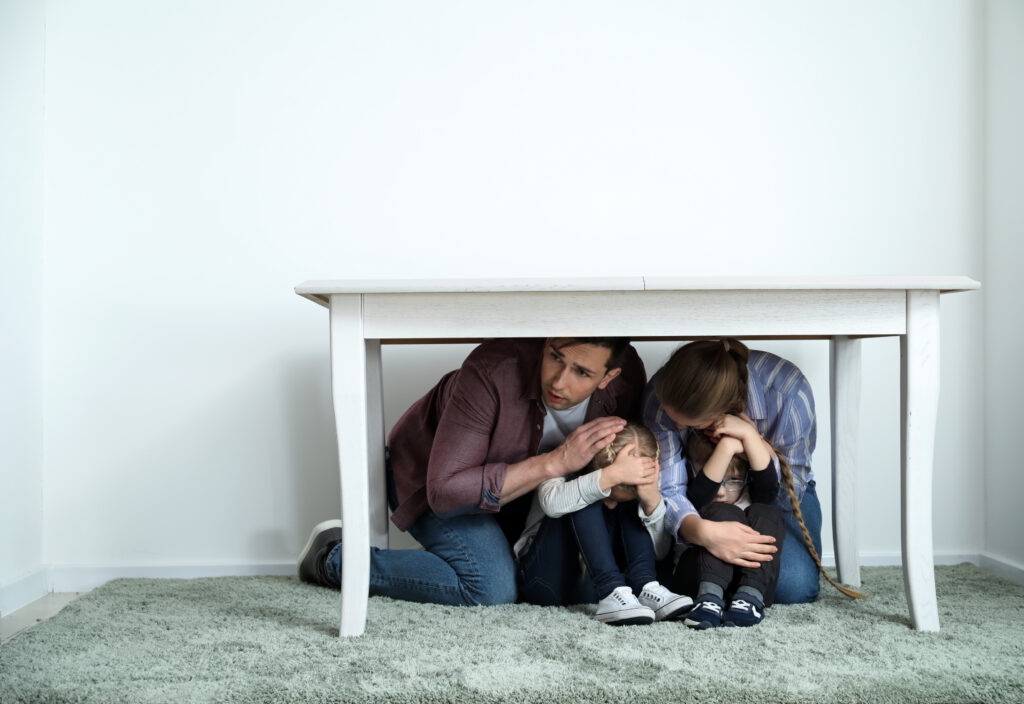Earthquake Preparedness Planning

The most destructive earthquakes generally happen along fault lines where the earth’s tectonic plates meet. In the U.S., major fault lines are in California and Alaska. But earthquakes can happen anywhere, and they can be dangerous and result in injury and death. That is why an earthquake preparation plan is so important. Critical Path Solutions can show your municipality how to prepare for an earthquake and other natural disasters.
Earthquake Preparedness
At Critical Path Solutions, we believe emergency preparedness is the key to surviving natural disasters. All too often, as is the case with earthquakes, it can be impossible to predict a natural disaster. Since you do not know when it is coming, the way to secure the best chance of surviving an earthquake is to create an emergency plan.
When people die or are seriously injured in an earthquake, it is usually due to falling building material or other debris. For this reason, most people who live in earthquake-prone areas know that when they feel a tremor, the best thing to do is to run out of the building they are in and try to get to an open area.
Earthquake Safety Information
Over the years, big earthquakes near Los Angeles and San Francisco have shown that roads and buildings had not been constructed well enough to withstand an earthquake. After this was discovered, new rules were put in place regarding building codes and earthquake preparedness to make these areas better able to hold up if an earthquake should strike again.
Although earthquakes cannot be reliably predicted, the tsunamis that follow some earthquakes can. Most of the conditions necessary for a tsunami to occur exist primarily in the Pacific Ocean, and for this reason, tsunamis are more common in Hawaii, Japan, Indonesia, Australia and Chile.
Disaster Preparedness
Regardless of what type of emergency or disaster you may face, an important part of preparing is assembling an emergency kit and making sure everyone in your family knows where it is and what to do should disaster strike.
Items you may want to keep in your emergency kit include water; a flashlight; extra batteries; bandages; a helmet; warm clothing such as boots, gloves, a coat and hat; nonperishable foods; toilet paper; and cash.
In serious hurricanes that have hit the U.S. such as Hurricane Andrew in Florida in 1992 and Hurricane Katrina in New Orleans in 2005, many residents were left without power for weeks. Without cash, you are unable to purchase food, gas or anything else in an area that has no power. If you do not have gas, you cannot even drive to an area where you can use a credit card or an ATM.
This is why we teach emergency preparedness at Critical Path Solutions. We are intimately familiar with the details of every type of disaster imaginable, and we want to share our knowledge with you and your municipality so you will have the best chance at surviving any type of emergency. Contact us today to learn more.
